When is the best time to sow wildflower seeds? Experts advise on the right time of year to do it
Find out when to sow wildflower seeds and you will soon be filling your garden with a mass of beautiful natural planting
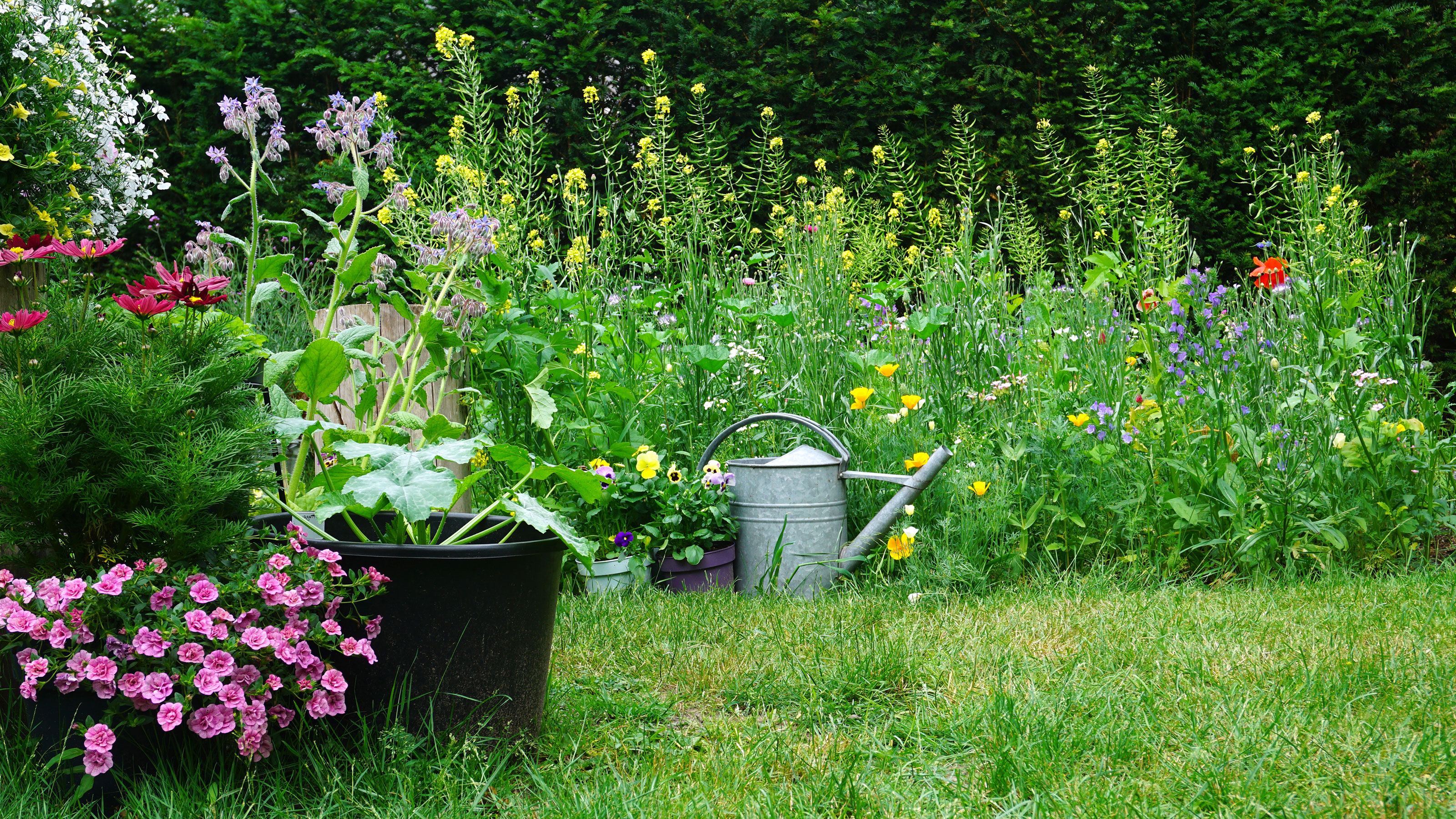

It's important to know when to sow wildflower seeds if you want them to thrive and create that pretty meadow effect that looks good right through spring and summer. Whether you're thinking about giving over a small section of yard to wildflowers or completely rewilding your lawn with them, it's important to get the job done at the right time.
By planting a wildflower meadow and filling your backyard with naturalized grasses, wildflowers and plants that attract pollinators you can create a sustainable garden landscape that's attractive to birds, butterflies and bees alike, as well as looking beautiful.
Although creating a wildflower area is fairly easy to achieve, knowing when to plant wildflower seeds is key to ensure you get the best results and most beautiful blooms.
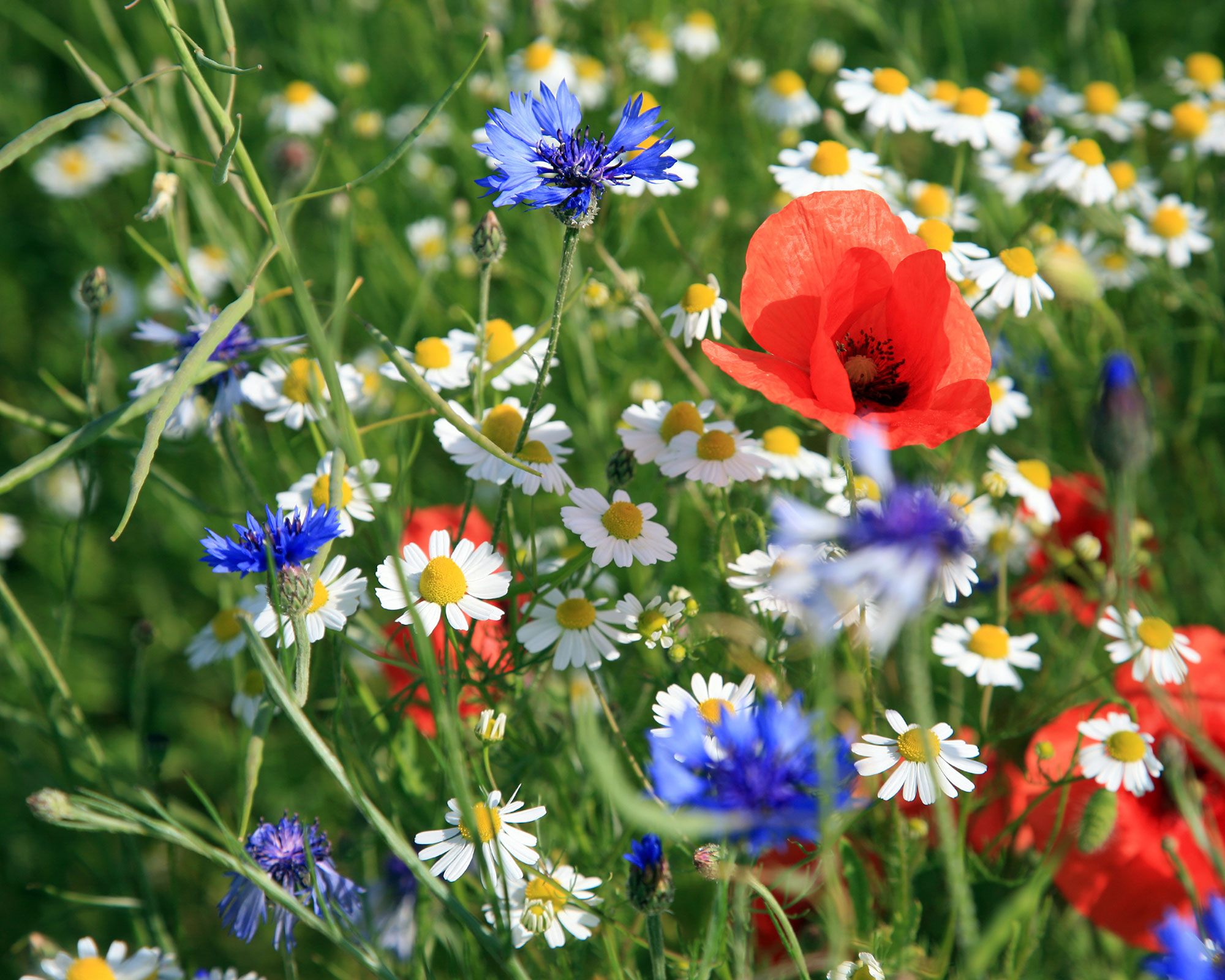
When it comes to wildflowers you can't beat the traditional mix of poppies, corn flowers and daisies
When to sow wildflower seeds for the best results
The best time to sow wildflower seeds to create a wildflower meadow from scratch is in the fall, from mid-September to late November if you live in the northern hemisphere. Sowing at the right time will allow the seeds the best seasonal climate conditions to germinate. In most USDA zones, wildflower seed sowing season is in the fall, so bear this in mind if you're thinking of rewilding part of your outdoor space.
Scattering seeds in the fall has a number of advantages for your wildlife garden, according to the experts. 'For beautiful pollinator-friendly plants to appear throughout spring, scattering wildflower seeds in the fall will give you a jump start on the year, allowing enough time for them to germinate,' explains Dr Emily Attlee, conservation expert and co-founder of wildflower specialist Seedball. 'It can often lead to bigger, healthier flowers than those sown in spring.'
During the autumn months, the soil will still be relatively warm, having stored up energy from the summer sun. There is usually extra moisture in the air too, and these conditions work together to aid germination, which provides seeds with the best possible start. This means it's a great time of year if you're thinking about when to plant wildflower seeds.
'Some seeds also require a cooler period prior to germination,' says Emily, 'so fall is the perfect time to get them ready for the following spring, as the cold winter months will provide this drop in temperature.'
Adding wildflower seed sowing to your fall gardening checklist also means that with more rainfall likely at this time of year, nature will take care of the watering for you, so very little effort is needed to keep your seeds thriving.
If you live in a climate with mild winters and hot summers, however, wildflower planting should be done in the late winter or very early spring.

'Rewilding all or part of your garden can look stunning and is a huge help to local wildlife,' says wildflower expert Chris McIlroy from The Grass People. 'You’ll soon enjoy the benefits of sowing wildflowers year after year.'
Can you plant wildflower seeds in spring?
Spring is the time of year traditionally associated with new life and growth, which is why many people think it’s the best time to sow wildflower seeds. 'For many seeds, however, fall is actually the best season to sow,' says Dr Emily Attlee.
There is an exception to this rule though. If you have particularly heavy soil that gets easily waterlogged, it might be better to wait until early spring to sow your wildflower seeds. This is to prevent the seeds from rotting in the soil during the really wet weather that can be an issue in winter.
If you're sowing wildflower seeds outdoors in spring you might want to cover the ground first with a cloche or plastic sheeting to warm it up. In spring, it's important to water wildflowers in the ground regularly after sowing and while the seedlings are getting established.
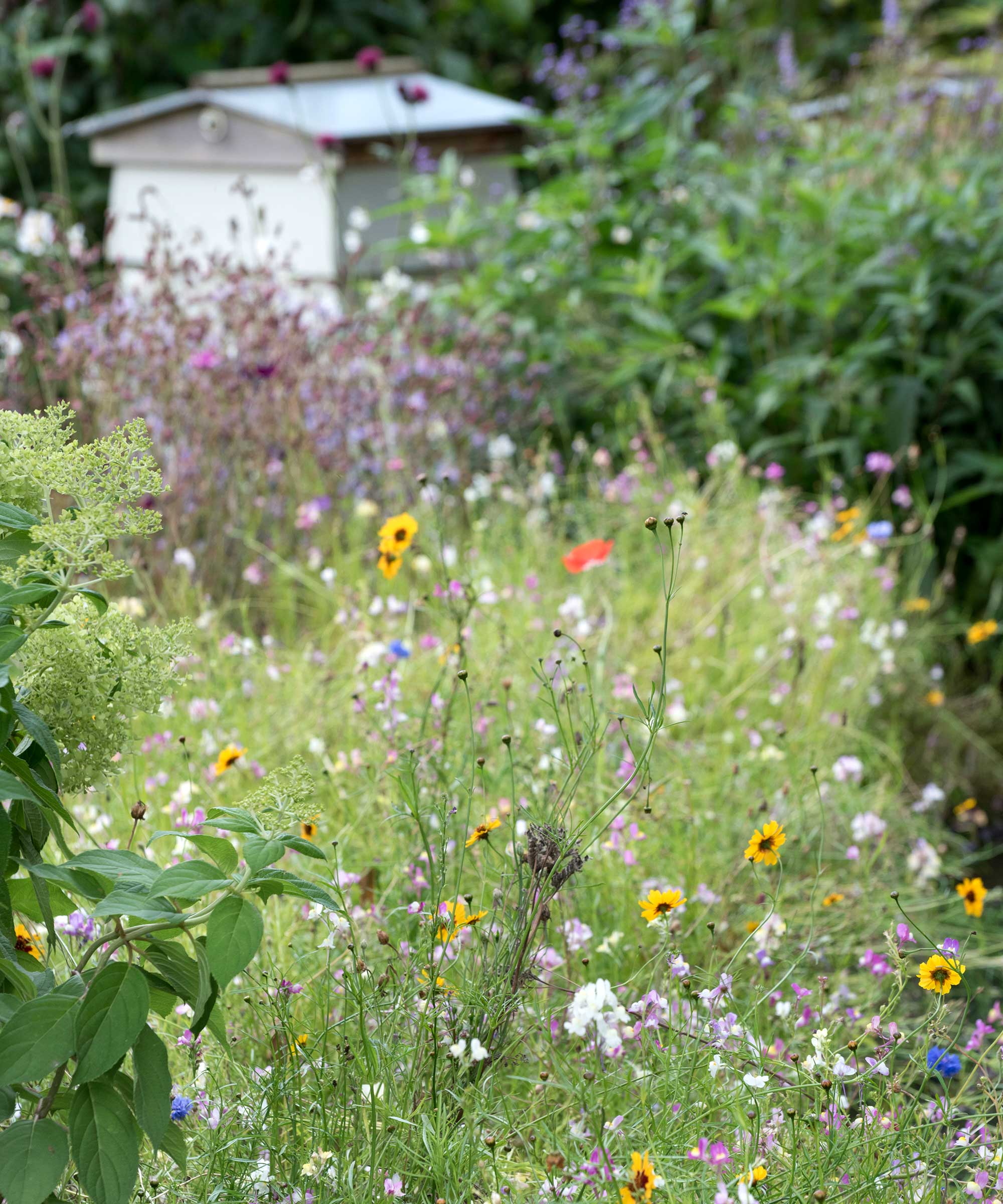
Choose bee-friendly wild flowers to attract pollinators to your yard
Can you sow wildflower seeds in winter?
You can plant wildflower seeds in winter but it depends on where you live. It's not out of the question as long as the ground isn't frozen. Seeds can be scattered all the way up until the first frost arrives. So if it's not icy at night this means conditions are still suitable to scatter wildflower seeds.
'Sowing seeds in the winter has worked really well for us and some of our most spectacular pots of wildflowers were actually sown on New Year's Day,' says Dr Emily Attlee. 'Scientifically speaking this is not hugely surprising as many of our wildflowers require a cold snap to break down the hard outer casing of the seed.’
Using products like these wildflower seedballs from Seedball also gives seeds that extra layer of protection. The balls are made of clay to allow the wildflower seeds to be protected from predators such as birds and ants, while peat-free compost is used to provide nutrition and a little bit of chilli powder helps to deter slugs and snails.
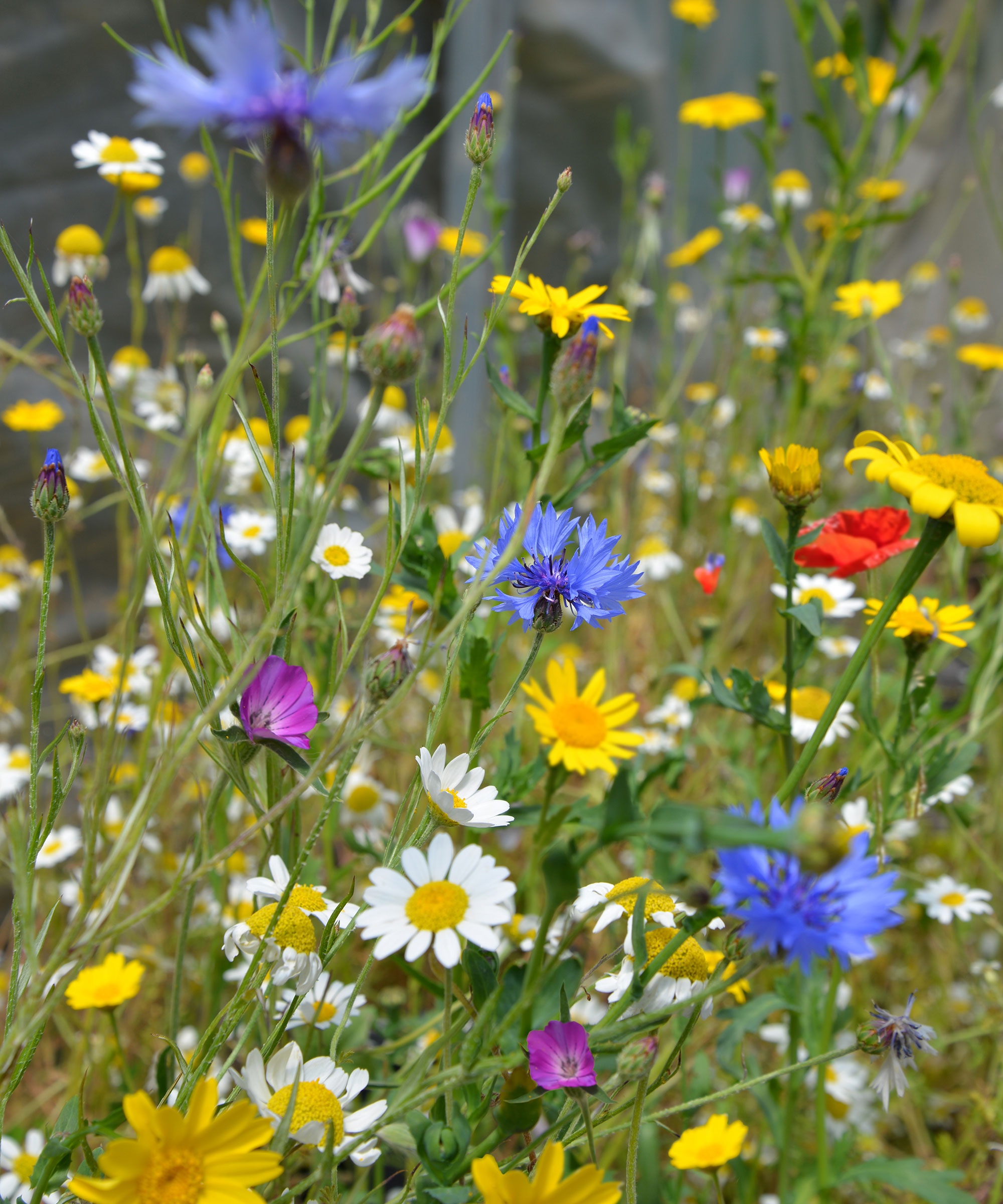
Create a meadow-like effect in your own yard with an enchanting mix of field poppies, corn chamomile, corn cockle, cornflowers and corn marigolds
Do you need to water wildflower seeds in fall?
When sowing wildflower seeds in fall you do need to water plants, but the good news for your sustainable garden is that you only do it sparingly as natural rainfall will do most of the hard work for you.
'Once you’ve sowed your seeds in fall, you will only need to water them once before you leave them over winter, when the seeds will be dormant,' says wildflower seed expert Dr Chris Cockel from the Royal Botantic Garden Kew. 'Come back to water them once the weather gets warmer and seedlings start showing.'
When do you plant wildflower seeds in containers?
There is a little more flexibility if you want to plant wildflower seeds in pots as part of your container gardening ideas. You can manage what's going on more easily in terms of offering protection from icy weather, wet weather and drought.
'There are so many reasons you might choose to grow wild flowers in container pots,' says plant expert Sarah Raven. 'Planting in pots means you can micro-manage the soil type and climate of your plants.' You can also move the pots to a sunny spot to give them a boost.
Sarah recommends planting her Wild Flower Meadow Mix Seeds in either early to mid fall or mid to late spring, and generally planting in a pot means you can choose between spring and fall according to your preference.
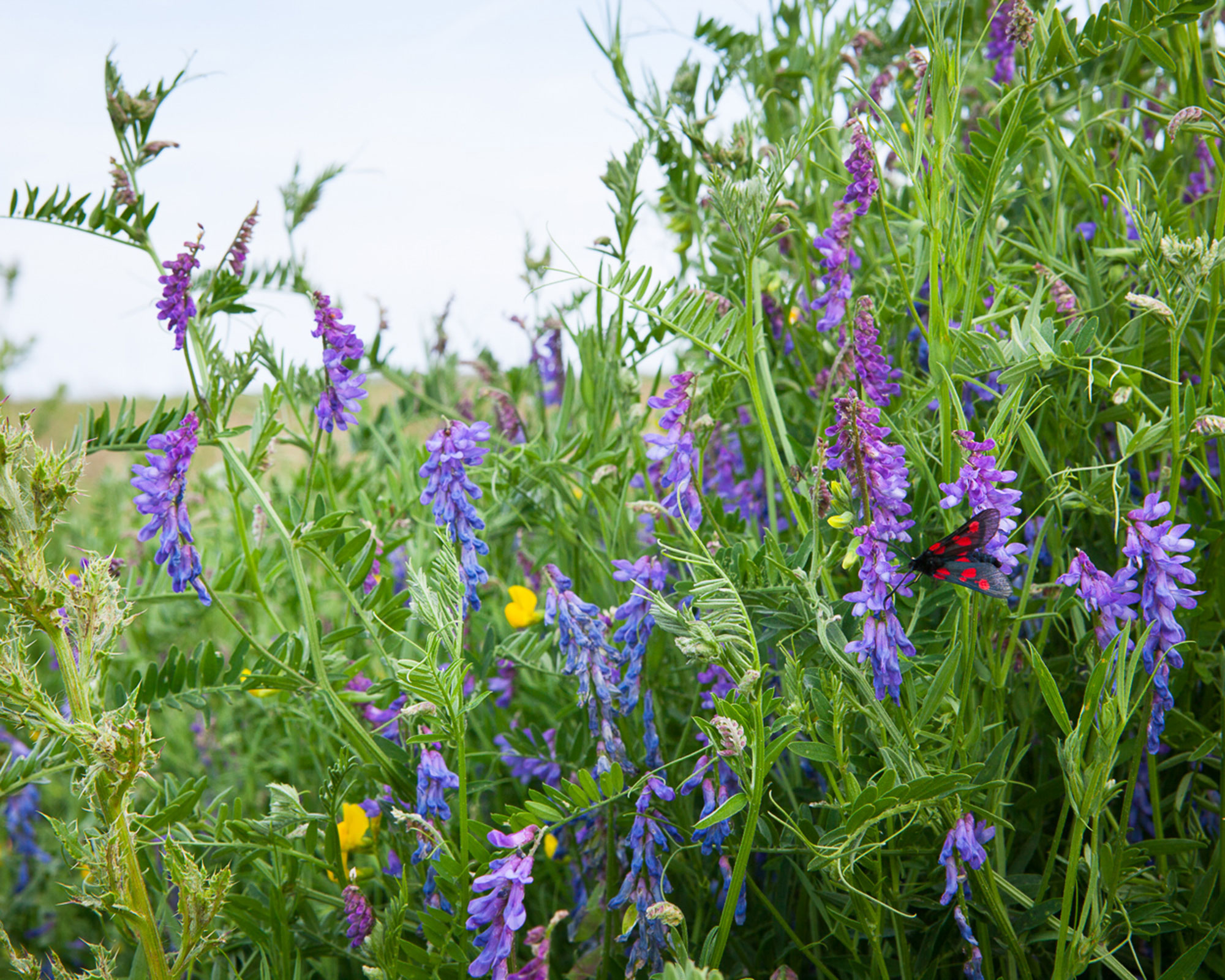
The pretty purple flowers of tufted vetch have been called the sweet pea of the meadow

Lifestyle journalist Sarah Wilson has been writing about gardens since 2015. She's written for Gardeningetc.com, Livingetc, Homes & Gardens, Easy Gardens and Modern Gardens magazines. Having studied introductory garden and landscape design, she is currently putting the skills learned to good use in her own space where the dream is establishing a cutting garden.
